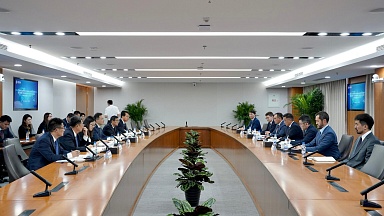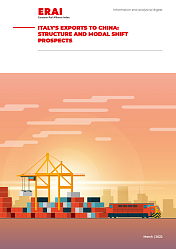This fourth phase comprises six parts: a terminal area, flight zone, transport facilities, municipal engineering support facilities, a new eastern cargo area and auxiliary facilities.
The project was launched in response to the Shanghai international shipping centre construction plan during the 14th Five-Year Plan period (2021-25) and the Yangtze River Delta (YRD) integration development strategy.
It aims to accelerate the interconnection of the YRD region, serve consumer demand for high-quality travel and meet the development needs of Shanghai-based airlines.
The airport has not confirmed the operator for the new cargo area, however, Shanghai Pudong International Airport Cargo Terminal (PACTL) is one of the largest single air cargo terminal operators of the world and currently runs three terminals at Shanghai Pudong. PACTL is a Sino-German Joint venture between Shanghai Airport Group, Lufthansa Cargo and JHJ Logistics Management.
The airport suffered from backlogs of cargo in 2020 due to PPE demand, plus reduced staffing and cancelled flights last year due to surging COVID-19 cases.





